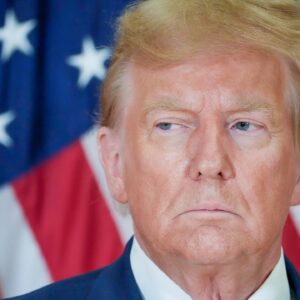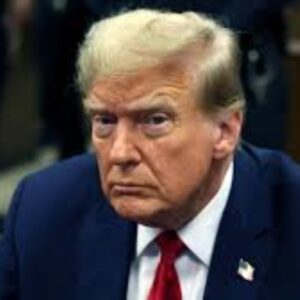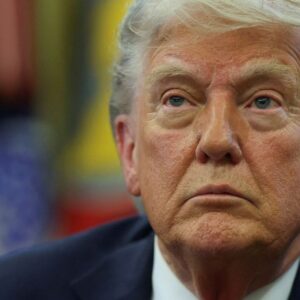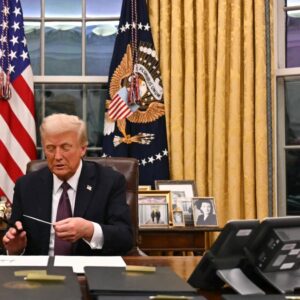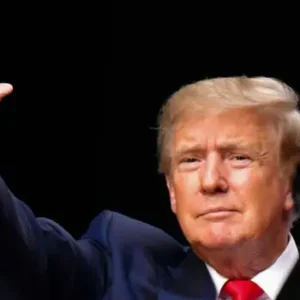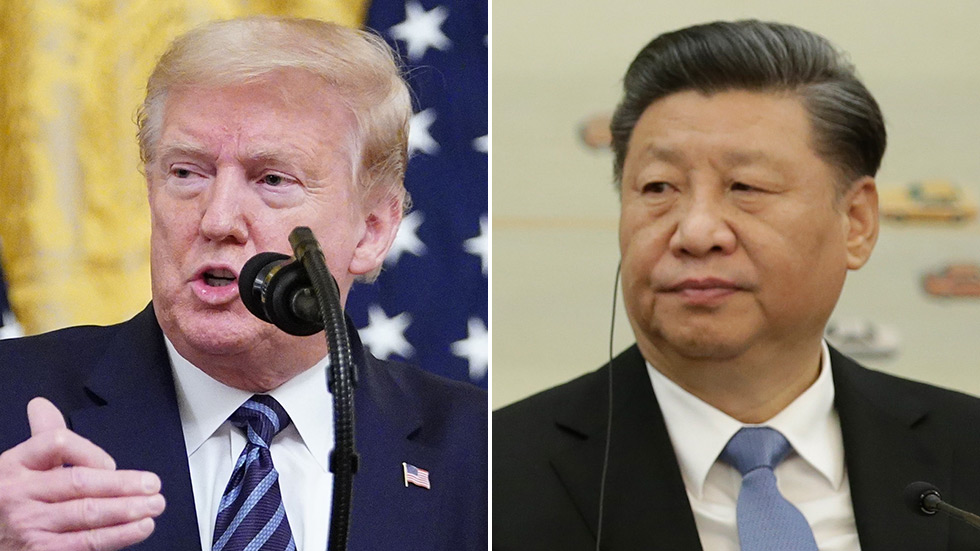
The Trump administration is preparing to ramp up its trade war strategy by pressuring U.S. allies to cut economic ties with China. The move would leverage U.S. trade negotiations with over 70 nations to box out Beijing on the global stage.
Instead of simply targeting China directly through tariffs, the plan aims to disrupt China’s trade routes, industrial expansion, and ability to offload surplus goods by securing commitments from U.S. trading partners.
U.S. officials are seeking pledges from foreign governments to bar China from routing goods through their borders, prevent Chinese companies from establishing factories to bypass U.S. tariffs, and avoid integrating Chinese industrial products into their own economies.
The strategy represents a major escalation in the Trump administration’s broader effort to decouple from the Chinese economy. While Washington and Beijing have clashed for years over trade imbalances, intellectual property theft, and national security concerns, Trump’s latest approach would pressure the rest of the world to take sides—either stand with the U.S. or maintain open access to the Chinese market.
The goal is to weaken China’s economic footing ahead of any potential talks between President Trump and Chinese President Xi Jinping. Officials believe Beijing will have less leverage at the negotiating table if its export-dependent economy is constrained globally, not just by U.S. tariffs.
The specific terms being floated vary by country, given their differing levels of trade with China. For some, the demands may focus on closing logistical loopholes. For others, they may involve investment restrictions or bans on Chinese firms building operations intended to dodge American tariffs.
145% rate on Chinese imports—up from a 10% baseline earlier in the year. These levies were paired with additional duties on products from Mexico, Canada, and several EU nations.
China has responded with its own retaliatory tariffs, imposing a 125% rate on American goods and halting exports of key rare-earth minerals essential for sectors like defense, automotive, and electronics. Still, Trump officials appear undeterred.
They see economic decoupling from China not just as a trade matter, but a geopolitical necessity. By rallying global partners to restrict China’s influence, the White House hopes to trigger long-term structural shifts that will benefit American industry and weaken Beijing’s strategic ambitions.
Treasury Secretary Scott Bessent has emerged as a key figure driving the Trump administration’s new trade strategy, particularly when it comes to putting pressure on China. Since President Trump announced a 90-day pause on reciprocal tariffs for most nations—excluding China—on April 9, Bessent has taken a front-facing role in negotiations.
According to individuals familiar with the matter who spoke to The Wall Street Journal, Bessent pitched the plan during an April 6 meeting at Mar-a-Lago. The core idea: use trade talks with allied nations to secure promises that would make it harder for China and its firms to sidestep U.S. tariffs and economic restrictions.
This could include pushing countries to reject Chinese industrial goods, limit Chinese business presence, and block transshipment of Chinese goods. The approach is part of a larger playbook Bessent is advancing, aimed at isolating China’s economy.
One possibility on the table includes cutting off Chinese companies from U.S. stock exchanges. Bessent has acknowledged that there’s still an opening for a trade agreement between the U.S. and China, but any such talks would require direct involvement from both President Trump and Chinese President Xi Jinping.
It’s also not yet clear how consistently this China-focused pressure is being applied across all negotiations. Some nations reportedly haven’t received any such demands from U.S. officials, though sources say that could change as talks progress.

